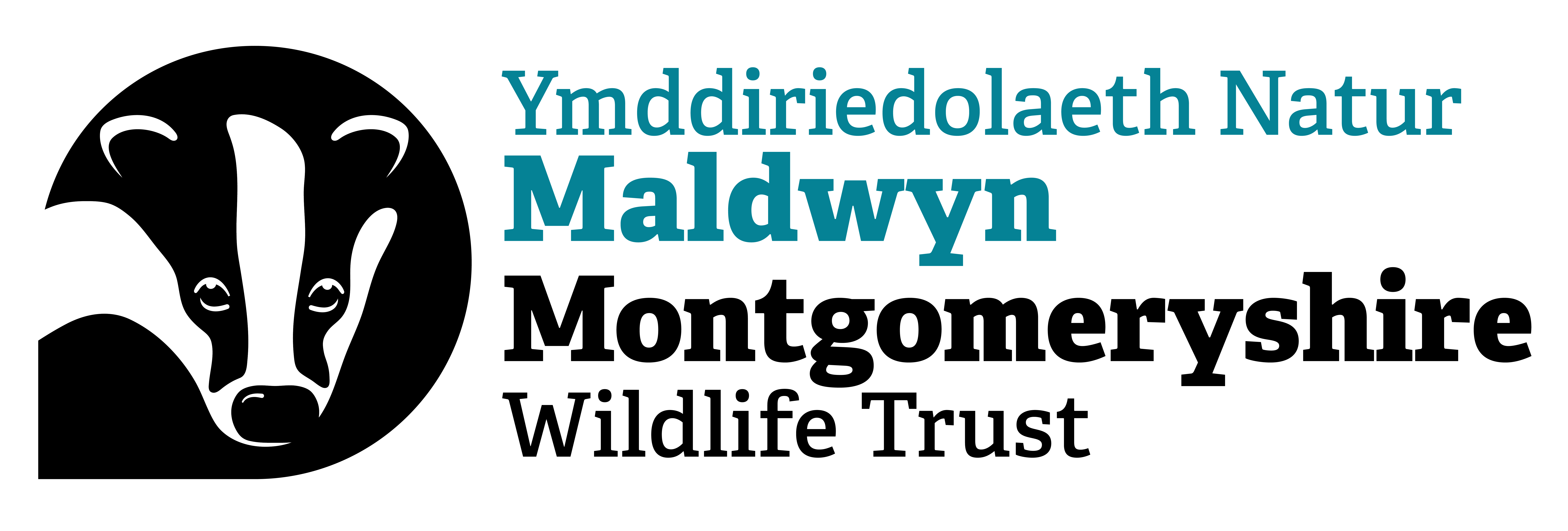Search
Chwilio
Open Newtown
Award-winning ecotherapy project to continue thanks to National Lottery funding
Our newly launched nature for wellbeing project Wild Skills Wild Spaces is able to help people across north Powys for a further two years, thanks to funding awarded from the National Lottery…
Things you can do about climate change
Climate & ecological emergency - what we are doing
What to feed hedgehogs and badgers
Putting out a bit of food can help see mammals like hedgehogs through colder spells.
What are net zero pathways, and why are they needed?
Achieving net zero is essential to combating climate change. Eleanor Johnston, Wildlife Trusts Climate Change Manager, explains what a net zero pathway is and gives an insight into the work The…
Great diving beetle
The Great diving beetle is a large and voracious predator of ponds and slow-moving waterways. Blackish-green in colour, it can be spotted coming to the surface to replenish the air supply it…
Watch what you wash away
Some cosmetics, soaps, washing-up liquids and cleaning products can be harmful to wildlife with long-lasting effects.
Grayling
The grayling is one of our largest brown butterflies and a master of disguise - its cryptic colouring helps to camouflage it against bare earth and stones in its coastal habitats and on inland…
King diving beetle
Britain's largest 'diving beetle' is an impressive creature, though it's not easy to find.
Biting stonecrop
Also known as 'Goldmoss' due to its dense, low-growing nature and yellow flowers, Biting stonecrop can be seen on well-drained ground like sand dunes, shingle, grasslands, walls and…
